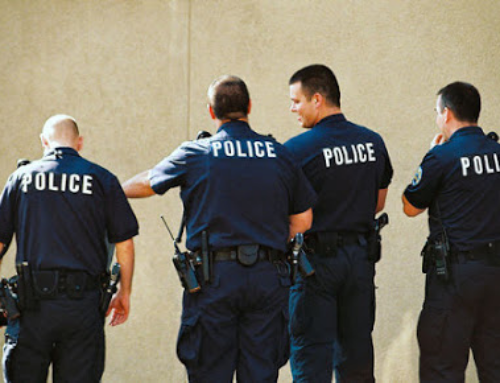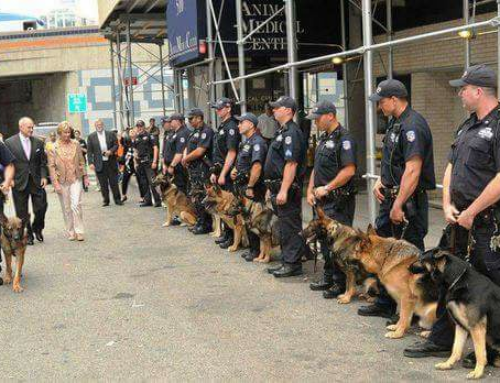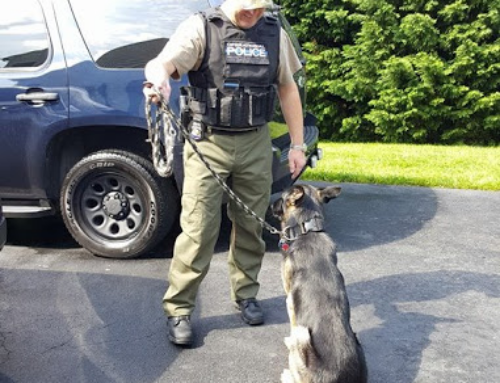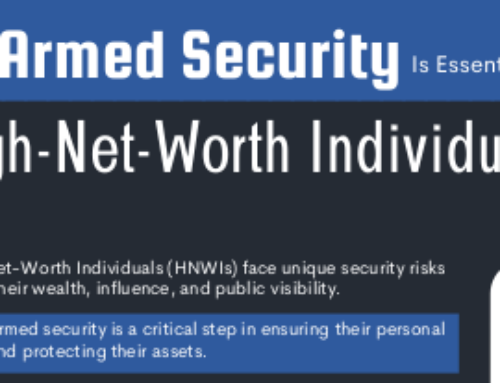Schools and educational institutions are meant to be safe havens where students can focus on learning, personal growth, and development. However, with the increasing threats to safety, ranging from violence to cyber threats, ensuring a secure environment has become a top priority for educators, administrators, and policymakers alike.
Physical Security: Protecting Students and Staff
Physical security is the foundation of a safe learning environment. It encompasses measures such as secure campus perimeters, controlled access to buildings, and surveillance systems. These precautions are essential in preventing unauthorized individuals from entering school premises, thereby reducing the risk of violence or other harmful incidents.
Schools have implemented various strategies to enhance physical security, including the use of security personnel, metal detectors, and alarm systems. Additionally, having clear and well-practiced emergency response plans is crucial. These plans ensure that in the event of an emergency, be it a fire, natural disaster, or an active shooter situation, students and staff know exactly what to do to stay safe.
Creating a Culture of Safety: Involving the School Community
Security in the education sector is not just about implementing physical and digital measures; it’s also about fostering a culture of safety within the school community. This involves engaging students, staff, and parents in conversations about the importance of security and encouraging them to be vigilant and proactive in identifying potential threats.
Regular safety drills, workshops, and training sessions can help instill a sense of responsibility and preparedness among all members of the school community. When everyone understands the role they play in maintaining a secure environment, the entire institution becomes more resilient to potential threats.
Moreover, addressing issues such as bullying, mental health, and substance abuse is crucial in preventing security incidents. Schools that prioritize the well-being of their students by providing counseling services, peer support programs, and open lines of communication are better equipped to address underlying issues that could escalate into serious security concerns.
The Role of Technology in Enhancing Security
Technology plays a significant role in enhancing security in educational institutions. Modern security systems, such as biometric access controls, AI-powered surveillance, and real-time communication tools, have revolutionized the way schools manage security. These technologies provide real-time data and analytics, enabling quicker responses to potential threats.
Furthermore, schools are increasingly using apps and platforms to keep parents informed about their children’s safety. These tools allow for instant communication in case of emergencies, ensuring that parents are always aware of their children’s well-being.

For schools seeking to enhance security in the education sector, partnering with a reliable provider of protective services is crucial. At Operational Police Protective Services, we offer comprehensive solutions, including armed security and off-duty police officers, to safeguard students and staff. Our experienced team ensures a proactive approach to campus safety in Maryland, Virginia, and Delaware, addressing potential threats before they escalate.
Contact us to learn more about solutions that help enhance security in the education sector.







Leave A Comment
You must be logged in to post a comment.